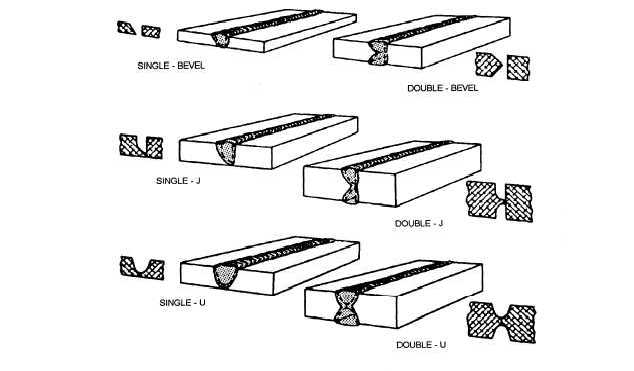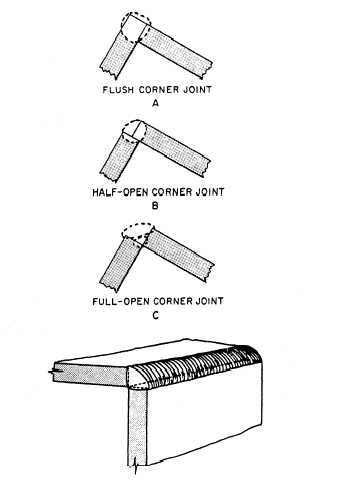
Figure 3-24. - Additiona1 types of groove welds.
angle, use the correct root opening, and use the correct root face for the joint. When you follow these principles, you produce better welds every time. Other standard grooved butt joint designs include the bevel groove, J-groove, and U-groove, as shown in figure 3-24.
CORNER JOINTS
The flush corner joint (fig. 3-25, view A) is designed primarily for welding sheet metal that is 12 gauge or thinner. It is restricted to lighter materials, because deep penetration is sometimes difficult and the design can support only moderate loads.
The half-open corner joint (fig. 3-25, view B) is used for welding materials heavier than 12 gauge. Penetration is better than in the flush corner joint, but its use is only recommended for moderate loads.
The full-open corner joint (fig. 3-25, view C) produces a strong joint, especially when welded on both sides. It is useful for welding plates of all thicknesses.
TEE JOINTS
The square tee joint (fig. 3-26, view A) requires a fillet weld that can be made on one or both sides. It can be used for light or fairly thick materials. For maximum strength, considerable weld metal should be placed on each side of the vertical plate.

Figure 3-25. - Corner joints.
Continue Reading